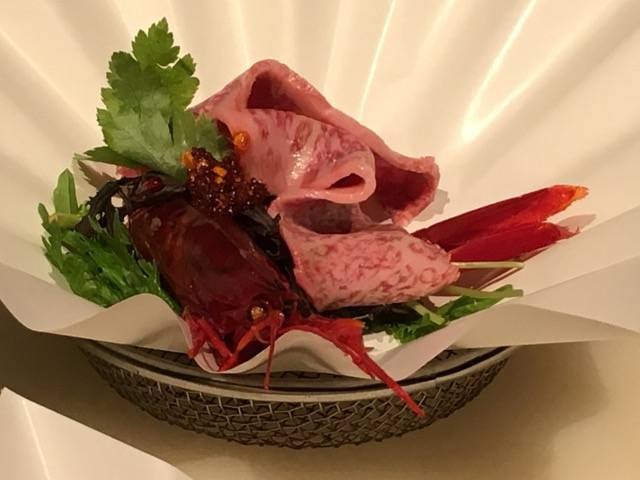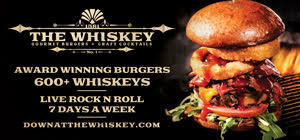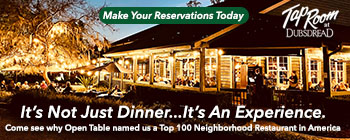
I finally got to see Chroma Modern Kitchen + Bar, the latest Lake Nona restaurant from Tavistock Restaurant Collection, in full action. I had stopped in during the final days of training and preparation and had the chance to sit in on some tasting sessions and to get a tour of the kitchen with chef Jason Bergeron. This time I got to see the kitchen fully fired up and the busy restaurant abuzz.
Chroma differs from its sister Lake Nona restaurant in that the menu here is focused on small, shareable plates. It’s a versatile menu that allows you to order an array of dishes with a variety of tastes. And in tapaslike tradition, the food comes out as it’s ready rather than all at once.
Read More

As the area gets more — and better — sushi restaurants, the omakase experience is becoming more prevalent. Omakase is a Japanese term that translates roughly as “I’ll leave it to you.” When you request omakase, you put your trust in the sushi chef to present you the best and freshest and finest.
This concept isn’t unique to Japanese restaurants. Many cuisines, though mainly upscale restaurants, offer chef’s tasting menus that might include little bites or full entrees, all at the whim of the chef. Regardless of the type of food, diners who choose this option tend to be more adventurous and willing to try something different. But even the most daring diners often say they would order omakase only in a restaurant in which they are a regular and they know the chef (and the chef knows the diner, too).
Morimoto Asia at Disney Springs recently added an omakase option and I was invited recently to give it a try. Here the dinner is offered only at the sushi bar — and only with a minimum 24-hour advance reservation and deposit. The cost is $150 per person, and after my nearly three-hour experience, I can’t imagine any lover of sushi and Japanese food walking away feeling that it wasn’t worth it.
Read More





















